Frederick Farwell, lumber executive; world famous dog breeder
Last updated 8/4/2015 at Noon
Mike Louviere - For The Record
Appearances can be deceiving.
From the mid 1950s until the early 1970s, one of the last remaining mansions on Green Avenue in Orange was a popular Mexican restaurant. In front of the restaurant where there had once been hitching posts for horses and buggies was a post topped with a large Mexican sombrero with the “Little Mexico” logo emblazoned in neon. Most of the residents of Orange knew the restaurant had once been the home of Frederick Farwell. To the diners from out of town, it was just a beautiful restaurant.
Frederick Henry Farwell had come to Orange in 1893 and started working for the Lutcher and Moore Lumber Company as an assistant bookkeeper. In 1902 he became the company’s general sales agent. About this time he built the family’s home. It was a stucco, Spanish Mission styled mansion that would be the last of the great Victorian mansions built on Green Avenue.
In the western end of West Orange, Farwell built his Sabine Kennels to house and breed Smooth Coated Fox Terriers. Farwell’s kennel was a source of recreation for him and a hobby he wanted to excel at. He was not satisfied in buying dogs from other kennels; he wanted to breed well enough to win some top shows.
The top kennel for the breed was the Norfolk Kennels. Farwell would have to breed well enough to face those dogs at major shows. He placed the purchasing of his first dogs in the hands of George Thomas, who would become his kennel master. As a result of Thomas’ selections, and close attention to breeding, the dogs of Sabine Kennels would soon be making their mark in the dog shows.
At the Westminster Dog Show in New York City in February, 1910, two of Farwell’s dogs became champions. Sabine Ferbie was named the best female in the show. Her brother Sabine Rarebit was named best male dog. Sabine Rarebit went on to be named Best in Show. This was the only time that one of Farwell’s dogs was named Best in Show. It was also the last time a Smooth Coated Fox Terrier won the coveted title.
Farwell’s dogs continued to compete and win at various dog shows. His dogs competed in such prestigious shows as the Mineola Dog Show on Long Island and the Philadelphia Dog Show. His dogs won accolades across the United States and Europe. In 1913, Sabine Bandmaster was named Best Sporting Dog at the Dallas Kennel Club Dog Show.
Articles about and advertisements for the “famous Sabine Kennels” were often in Dog Fancier magazine in the years 1912, 1913 and 1914.
In 1920 he was named general manager of Lutcher and Moore. Even though his job as general manager took much of Farwell’s time, he was still able to find time to become a respected judge at shows, including Westminster. In 1940 he retired as a judge.
A photograph of Farwell taken in his study shows a number of silver award cups on the mantle of the fireplace and on a wall shelf. During World War II Farwell donated a number of the cups to a metal drive. Several of the surviving cups are on display at the Heritage House Museum in Orange.
Farwell had a great interest in the future of Orange.
One thing that he realized was the need for deep water access.
He was instrumental in helping to have Port Arthur established as a port of entry.
He knew that the digging of the channel to Port Arthur would be the first step in getting a channel dredged to Orange.
This was done later, giving Orange a deep water port. In May of 1920 he was one of the signers of the resolution that stated the necessity of building a bridge across the Sabine River at Orange to replace the ferry.
The resolution was signed by 18 other business leaders and taxpayers and presented to the Orange County Commissioners Court. He is also given credit for promoting the building of the large wooden ships in Orange.
In 1946 he became president of Lutcher and Moore. Farwell died in 1947. His wife, Fannie, continued to live in the mansion until her death in 1952. After her death the mansion became the Little Mexico restaurant.
For the next 20 or so years many diners who ate in the various dark paneled rooms or on the porch that was converted into a dining area had no idea of the history of the old mansion and the family who lived there for so many years. The restaurant closed and the mansion sat vacant for a while. It fell victim to progress. With the building of the Stark Art Museum a parking lot was needed so the old home was torn down and the land paved over.
Photo - A young Frederick Farwell poses for an undated photograph.






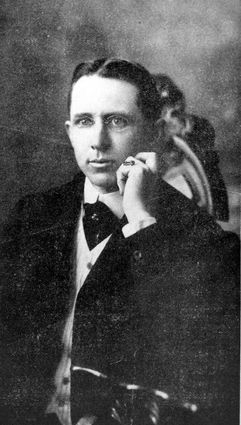
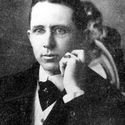
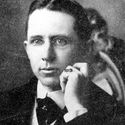
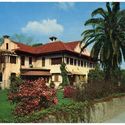
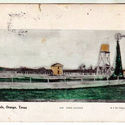
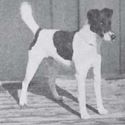
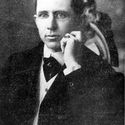

Reader Comments(0)